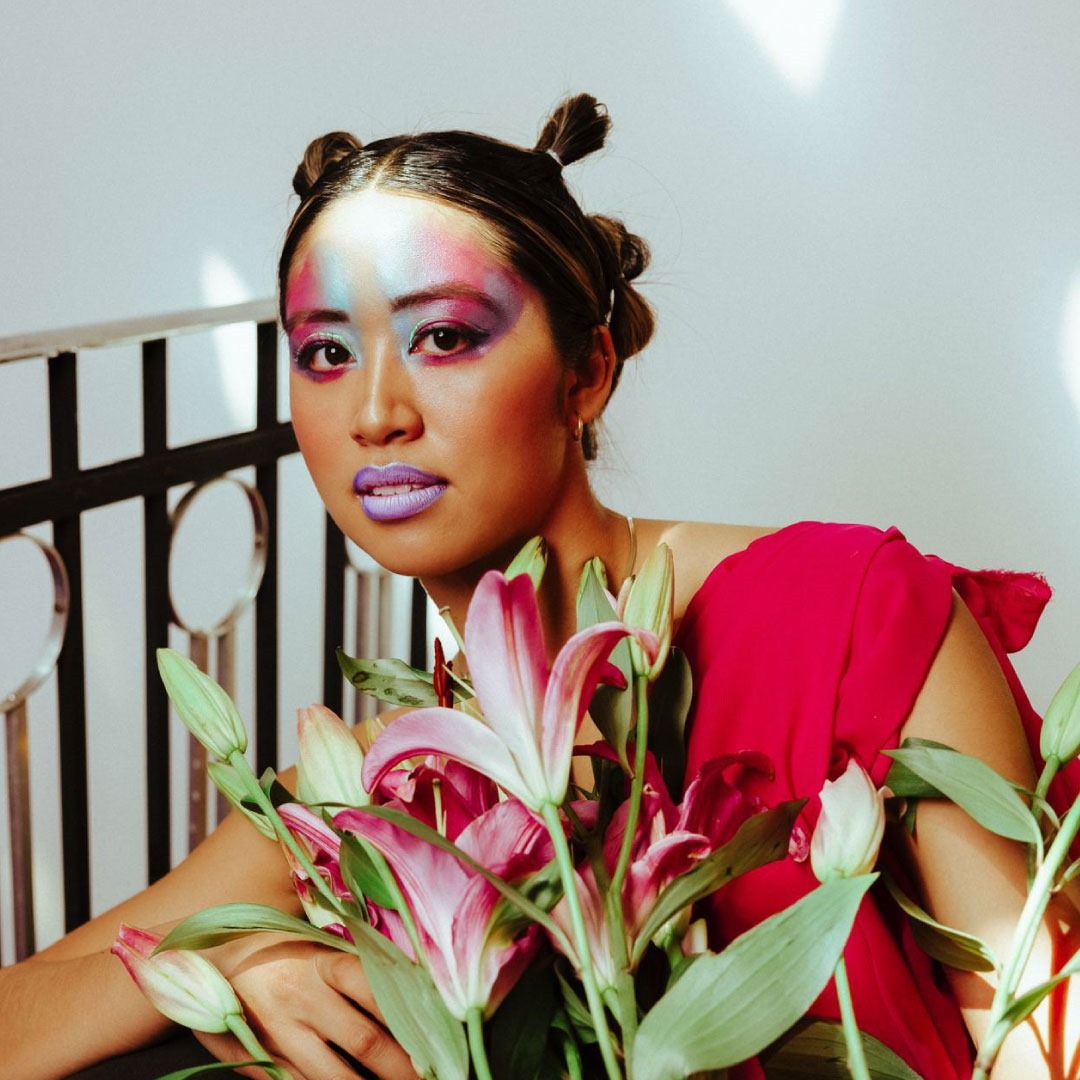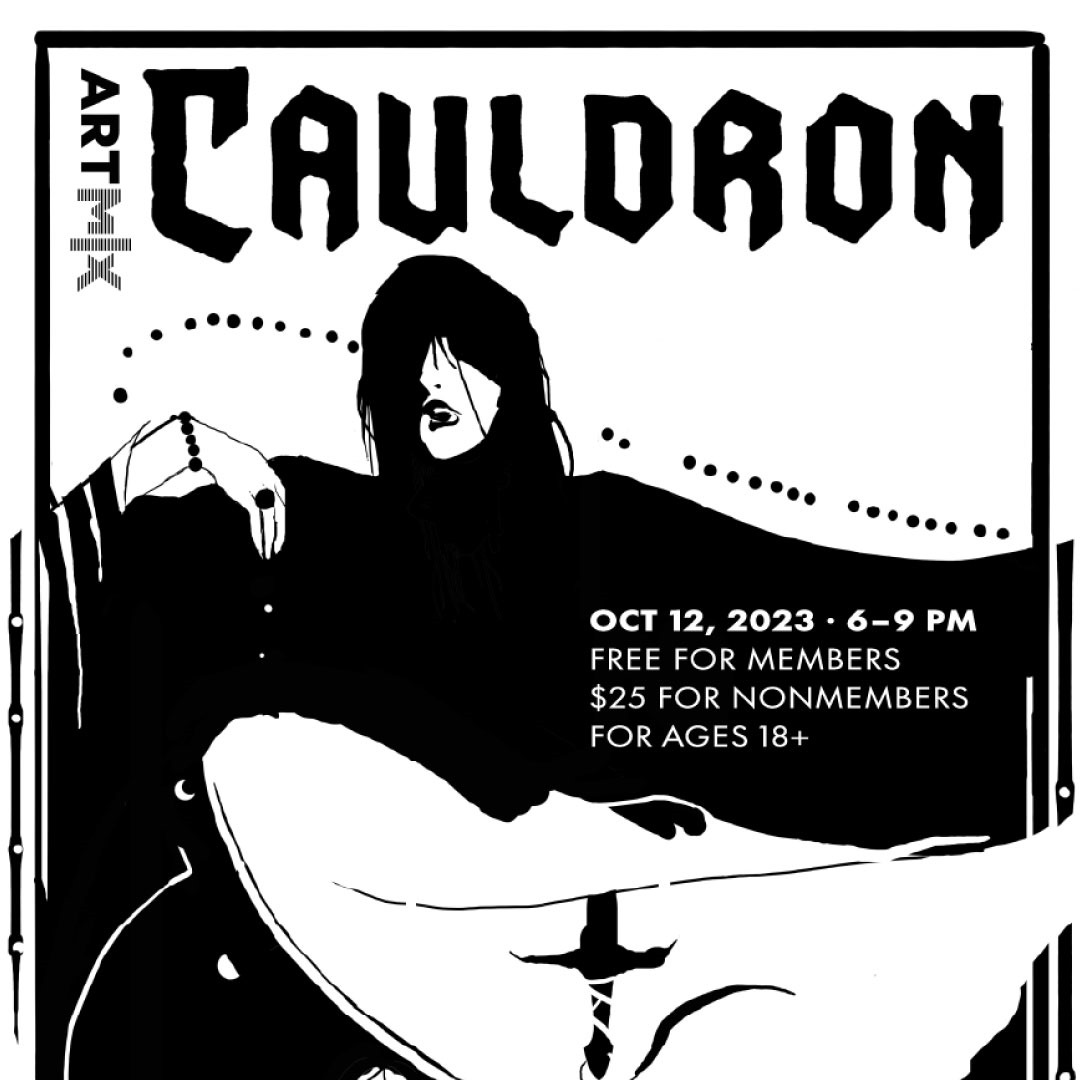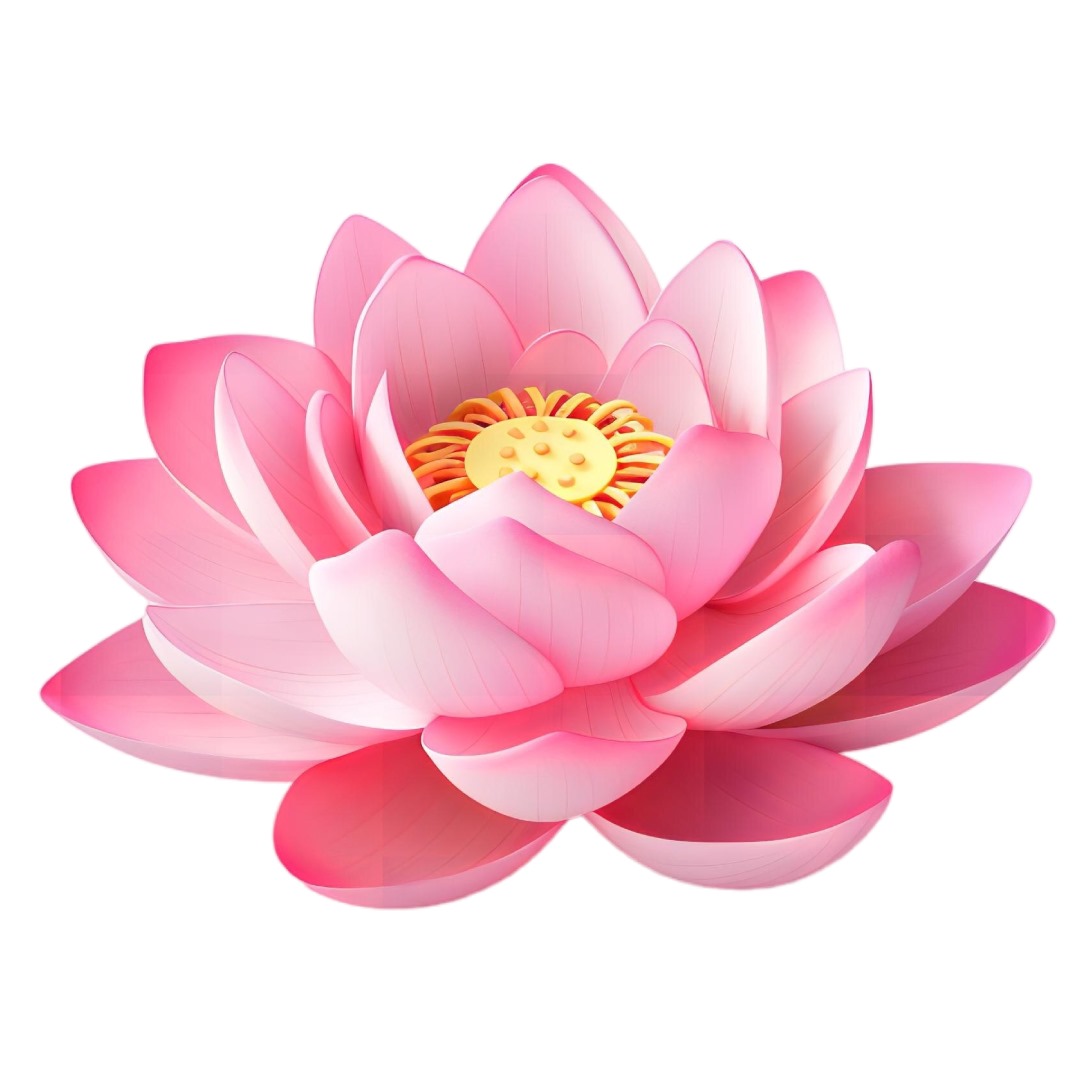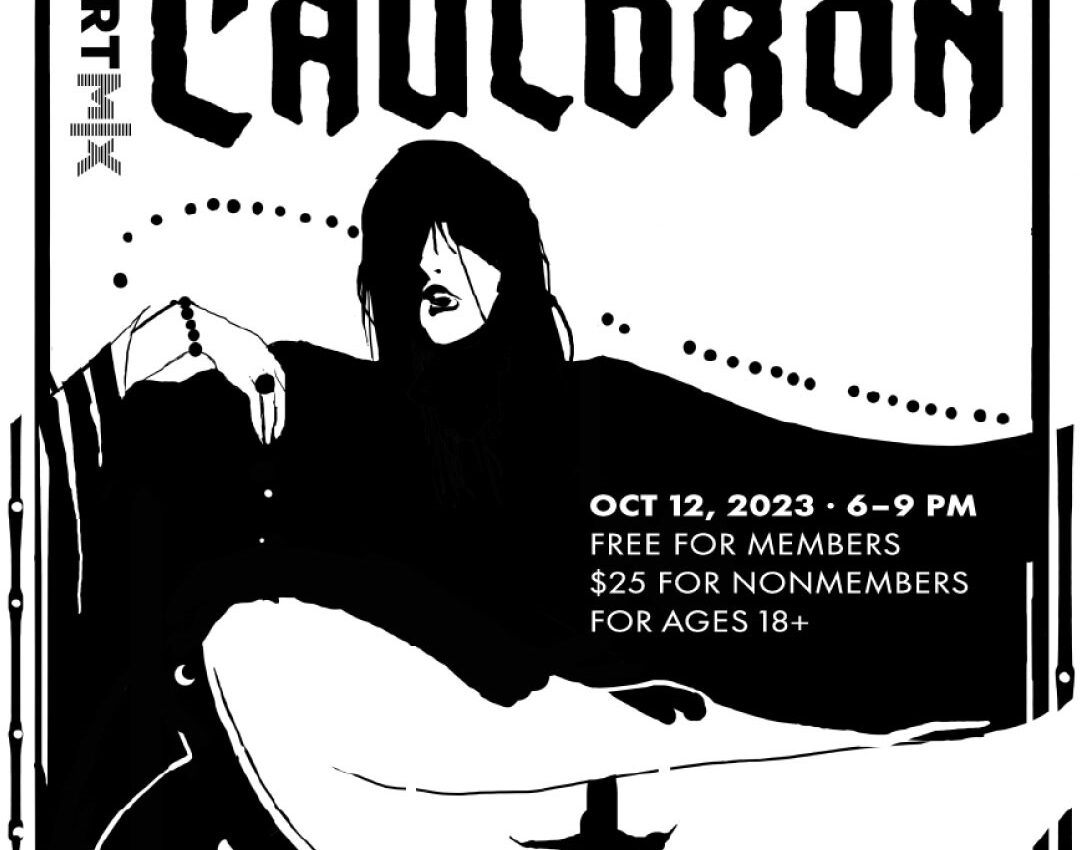THE HISTORY AND POWER OF TAROT
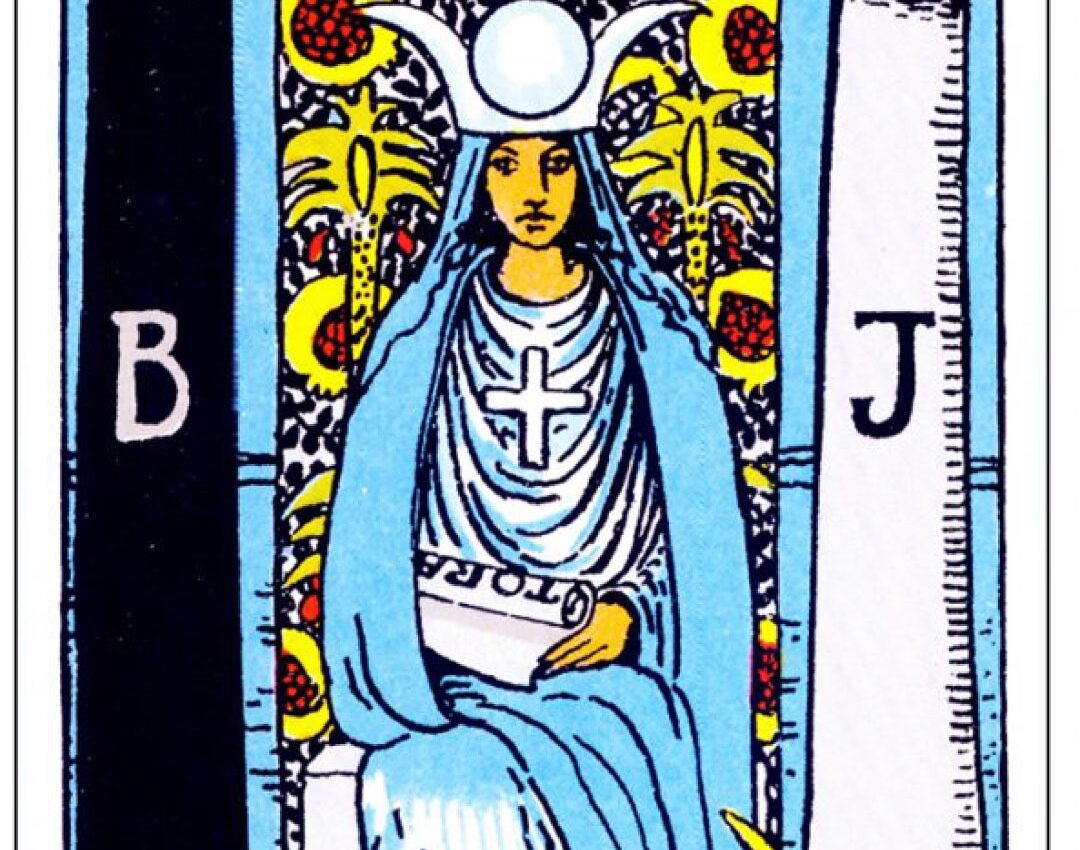
Unveiling the Mysteries Behind the CardsThe Tarot, a deck of cards filled with rich symbolism and mystery, has fascinated people for centuries. While we often associate Tarot with divination and spiritual guidance, its history is a captivating journey that blends art, philosophy, intriguing personalities, and esoteric traditions.
A JOURNEY THROUGH TIME : THE HISTORY OF TAROT
The story of Tarot begins in 15th-century Italy, where it started as a card game known as “tarocchi.” These early Tarot decks were used for entertainment, not for divination, and were popular among the nobility. The decks consisted of 78 cards, divided into the Major Arcana and the Minor Arcana. The Major Arcana featured 22 trump cards with symbolic images, such as The Fool and The High Priestess, while the Minor Arcana was similar to a regular deck of playing cards, with four suits: Cups, Coins, Swords, and Wands
It wasn’t until the 18th century that the Tarot began to be seen as something more mystical. In France, figures like Antoine Court de Gébelin and Jean-Baptiste Alliette (better known as Etteilla) started to explore the deeper meanings of Tarot’s imagery. They suggested that Tarot wasn’t just a card game but a powerful tool for divination, linking it to ancient wisdom and spiritual practices.
The real game-changer for Tarot came in the early 20th century with the creation of the Rider-Waite-Smith deck. This deck, created by Arthur Edward Waite and illustrated by Pamela Colman Smith, became the cornerstone of modern Tarot practice. Unlike earlier decks, where the imagery on the Minor Arcana was often simple and repetitive, Smith’s illustrations were rich with symbolism, making every card a story in itself. While the suit of Coins existed in earlier Tarot decks, it was the members of the Order of the Golden Dawn who reinterpreted and renamed this suit as Pentacles, symbolizing the earth and material goods. This change was part of their effort to connect the deck to a more centralized system of esoteric knowledge, integrating elements of Kabbalah, astrology, numerology, and other mystical traditions into the Tarot.
The Rider-Waite-Smith deck’s impact on Tarot cannot be overstated. The majority of what we even think of as Tarot, came from the foundation of Waite and Smith’s work. It became the go-to deck for Tarot readers, and its imagery set the standard for almost every Tarot deck that followed. Today, if you pick up a new Tarot deck, chances are it’s based on the work Waite and Smith did. Their deck’s symbols and interpretations have become the basis for modern Tarot, making it easier for readers to connect with the cards and for newcomers to learn the practice.
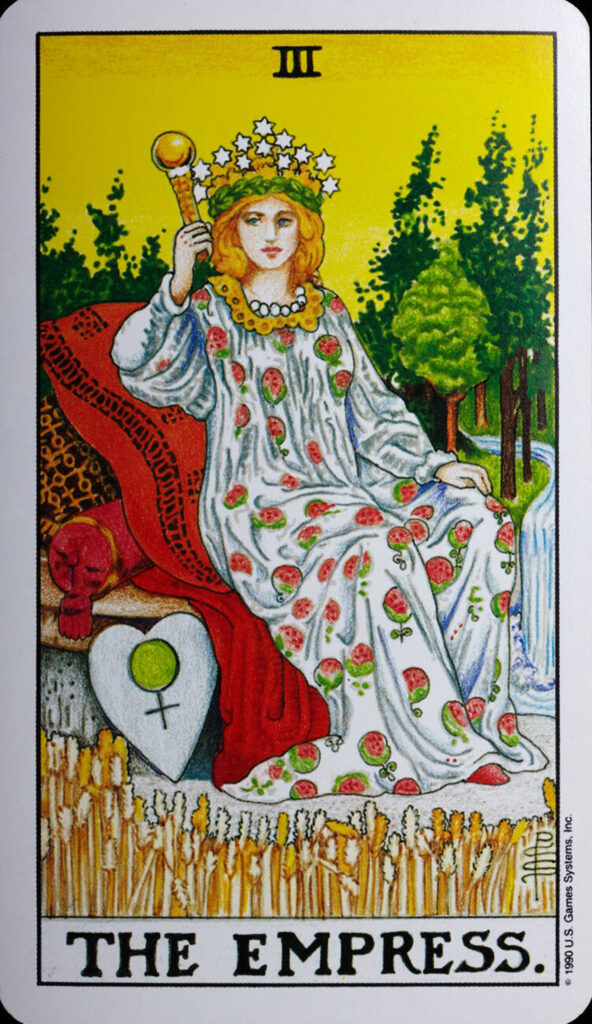
WHY TAROT WORKS: THE POWER BEHIND THE CARDS
Now, you might wonder, how do these cards work? How can pieces of paper with pictures provide so much insight? Well, it turns out there’s a lot more going on beneath the surface.
Carl Jung’s ideas about the collective unconscious give us one explanation. The symbols in the Tarot are universal— they tap into patterns and images that all humans understand on some level. When you look at a Tarot card, it can stir up deep, often hidden feelings and thoughts because those symbols resonate with something ancient and fundamental within us.
There’s also the idea of synchronicity, another concept from Jung. It’s the idea that things happen together for a reason, even if they aren’t directly connected. So, when you draw a Tarot card, it feels like it’s meant to be—that the card you pull has something meaningful to say about your current situation.
Tarot is also a fantastic tool for tuning into your intuition and accessing help from whatever your belief is of the divine. The images on the cards help you tap into intuition and inner wisdom. When you interpret the cards, you’re often projecting your own insights and experiences onto them, which can bring hidden truths to light.
One of the most powerful aspects of Tarot is how it encourages you to reflect on your life. A Tarot reading can prompt you to think about things from a new perspective, helping you gain clarity and understanding about your situation.
And let’s not forget the power of belief. If you believe that Tarot can help you find answers, you’re more likely to be open to the insights it offers—just as with therapy, if you approach it with a closed mind, it won’t work for you but if you are willing to learn some hidden facet of the situation or your internal subconscious thoughts, you are more likely to receive them. Belief can create a space where meaningful interpretations can arise, making the reading even more impactful.
In the end, Tarot works because it connects with different parts of the human experience—our subconscious mind, our intuition, and our need for reflection. The cards are a bridge to deeper understanding, offering us a unique way to explore life’s mysteries and challenges. Whether through the imagery of Tarot, or the narrative the cards create during a reading, Tarot provides a powerful tool for navigating our journey through life.
If you would be interested in learning more about tarot, I offer personal private lessons, work-shops, or I can come to your party/event where I can give a talk about Tarot and then offer readings to your guests.
Laurie Blanchard
Apothecary & Emporium’s
Divination Collective.


